Introduction to Hydraulic Servo Modules Hydraulic servo modules play a critical role in various technological applications, offering precision and reliability in automation. One standout in this field is the ABB SPHSS13, designed to meet the demands of modern industries. Key Dimensions and Specifications The ABB SPHSS13 boasts compact dimensions of 1.5" x 7.0" x 12.0" (3.8 cm x 17.8 cm x 30.5 cm), making it versatile for integration into diverse systems. Its lightweight construction, weighing only 0 lbs 8.0 oz (0.2 kg), enhances its adaptability in applications where space and weight are crucial factors. Advantages of Using the ABB SPHSS13 Utilizing the ABB SPHSS13 offers numerous advantages, including enhanced control and efficiency. Its design allows for smooth operation in hydraulic systems, contributing to improved overall performance in technology-driven environments. Applications Across Industries The applications of the ABB SPHSS13 are vast, spanning sectors such as robotics, manufacturing, and automation. Its precision capabilities make it an ultimate choice for systems requiring reliable hydraulic control, pushing the boundaries of what’s possible in technological innovation. Future of Hydraulic Technology As technology evolves, the importance of efficient hydraulic systems like the ABB SPHSS13 will only grow. Continued advancements in design and functionality promise to enhance the role of hydraulic servo modules in modern applications, driving further innovation. Conclusion In conclusion, the ABB SPHSS13 hydraulic servo module exemplifies the integration of precision and compact design in technology. Its lightweight nature and versatility make it an ultimate solution for industries seeking reliability and efficiency in their hydraulic systems. Embracing such innovations will undoubtedly shape the future of technological advancements.
Read More
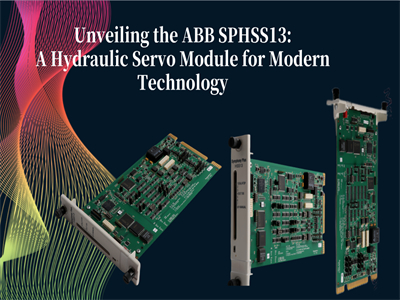
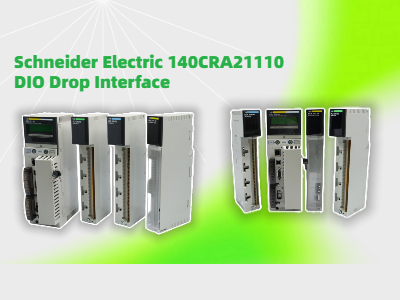
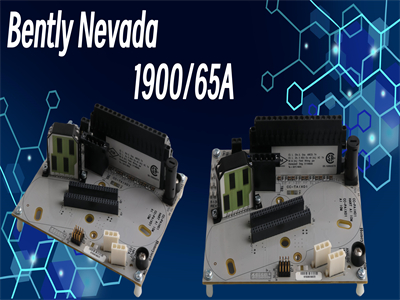
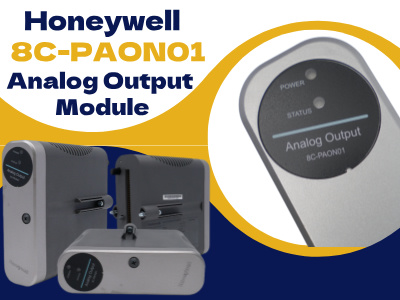
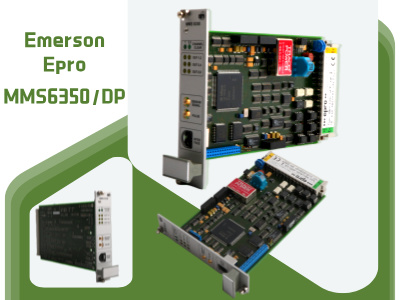
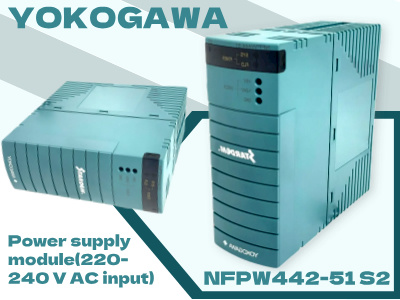
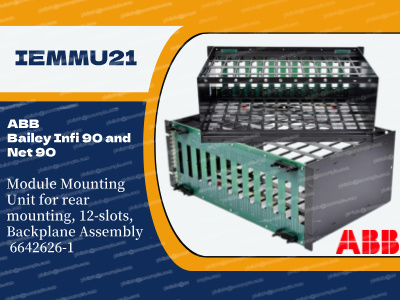

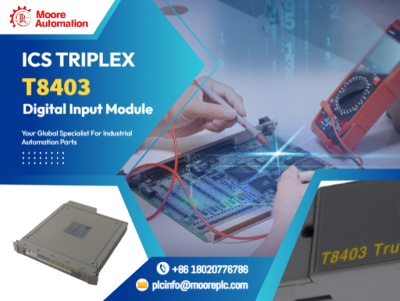

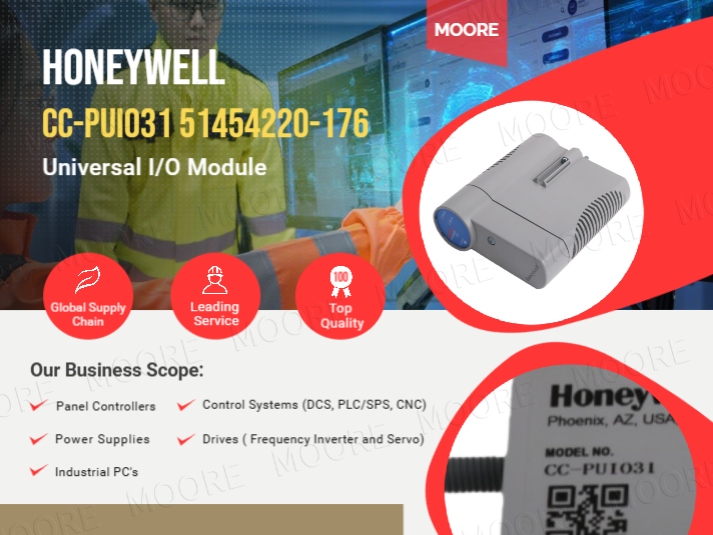
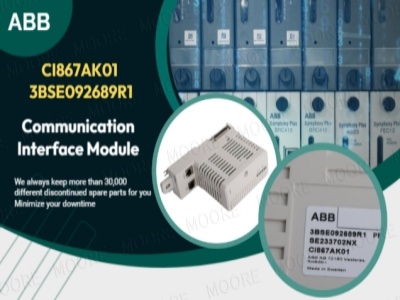












 IPv6 network supported
IPv6 network supported